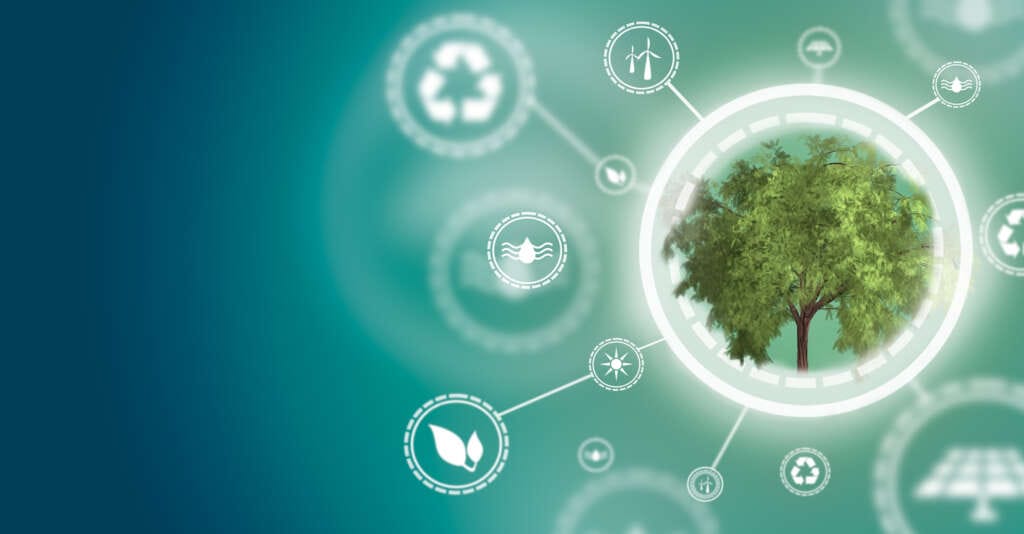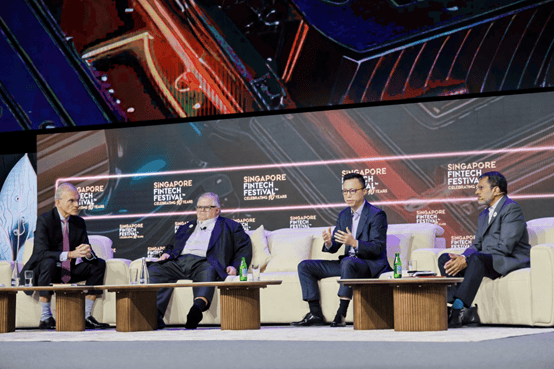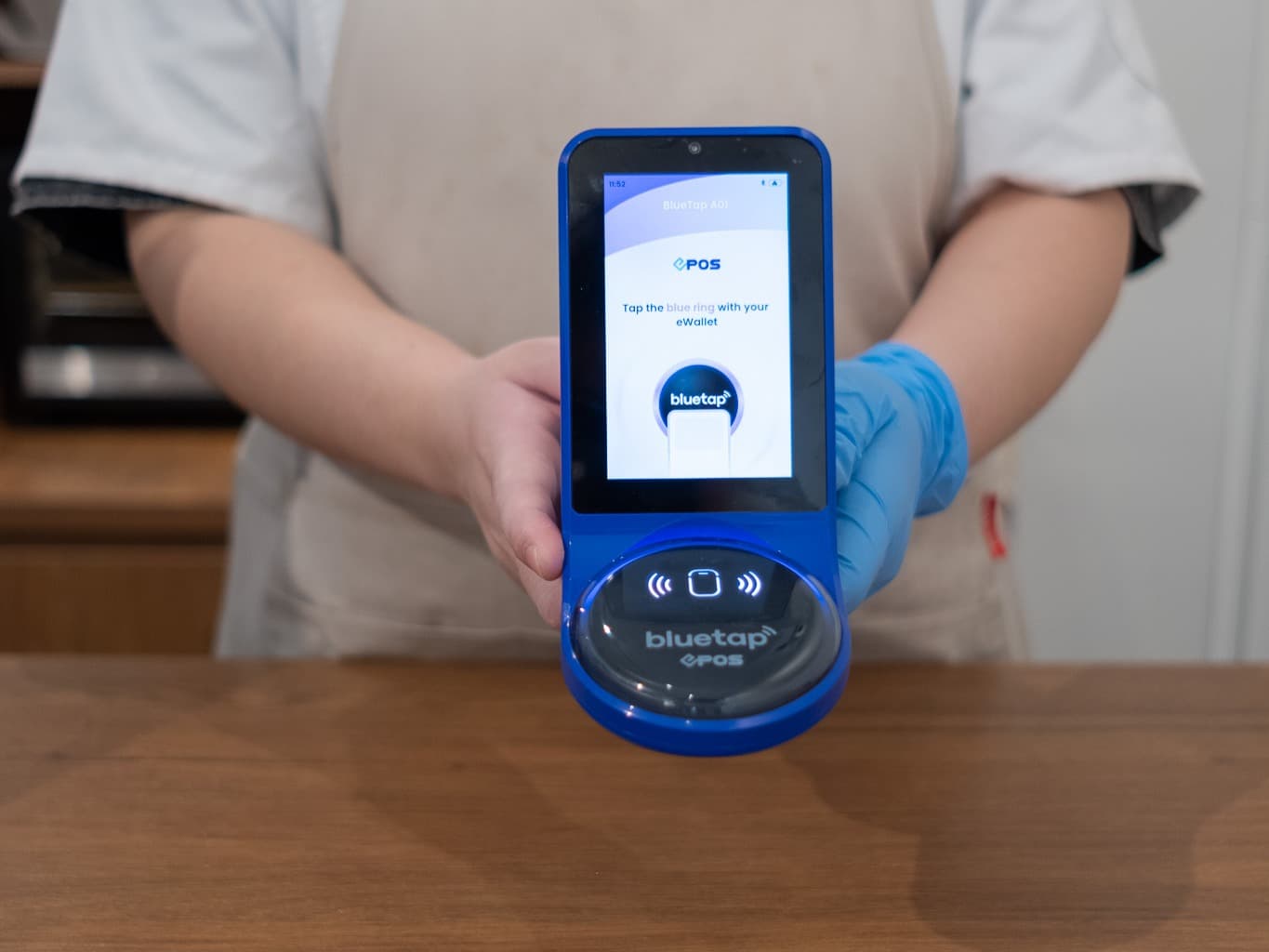
By Roberta Haseleu, Senior Manager at Reply and “Green Technology” Practice Lead
Almost one-quarter of global energy-related CO2 emissions are caused by transport. To keep global warming below 1.5 °C (2.7 °F), transport emissions would need to be reduced by more than 80% by 2050. However, the International Council on Clean Transportation (ICCT) estimates that they could roughly double over this period if the current trajectory is sustained.
To avoid this, businesses must rethink their logistics transport processes and develop long-term sustainability plans. Technological innovations can provide new, sustainable options but which of these (green) technologies will prevail and are, therefore, a sustainable investment – both ecologically and economically?
The Only Constant is Change
A major challenge in answering this question is the lack of a permanent and straightforward solution as changing circumstances continually expose the logistics sector to uncertainties and dynamic developments. Any adopted strategies must adhere to new regulatory frameworks and compete with alternatives that emerge from new scientific findings and technological advancements.
With market innovation and changing consumer behaviour, the once-optimal solution might rapidly become obsolete. For example, while many shipping companies have been focused on converting their vessels to liquefied natural gas (LNG), which emits 30% less CO2 than petroleum, science has moved on with methanol and e-fuels gaining popularity as an eco-friendly option.
But for how long will these be the most sustainable option? And which technology will prevail in the long-run: E-fuels, biofuels, electric motors or some yet-to-be discovered alternative?
Optimising Networks – Not Isolated Components
It’s common knowledge that glass bottles are perceived to be more environmentally friendly than plastic bottles. It is true that glass bottles can be refilled twice the number of times as polyethylene terephthalate (PET) bottles. However, glass is only more sustainable when transported for short distances as its comparatively greater weight leads to higher fuel consumption and negates the recycling advantage.
Therefore, it’s not enough to optimise individual elements. Instead, entire systems must be considered. From this perspective, PET, in many instances, is the more sustainable option.
But what are the alternatives?
Bioplastics, which are produced from renewable resources, such as maize or potatoes, are claimed to decay within a few weeks – an impressive improvement upon non-biodegradable standard plastics. However, this claim relies upon the usage of a specific type of industrial composting unit. Thus, sustainability differs depending on location: What are the capabilities of a regional recycling plant? Do bioplastics end up with the residual waste, even though most large-scale composting plants sort out any kind of plastic beforehand, biodegradable or not?
Green ICT for Green Logistics
Software, particularly artificial intelligence, plays an important role in analysing the complex relationships between load sizes, destinations, and transportation alternatives to determine optimal routes and avoid empty runs.
The ‘greenest’ mode of transportation is a combination of the locally ideal means of transport with its optimised utilisation. In this regard, upstream logistics processes are crucial: warehouse management solutions can offer intelligent algorithms that determine optimum parcel sizes thus helping to better use the available loading space in the vehicle. Grouping and consolidation of shipments enables a more frequent switch from road to more environmentally friendly means of transport such as ship and rail, which are only economically attractive for large loads.
The last mile also benefits from the use of intelligent systems: a planning algorithm combined with real-time data that calculates the optimal distribution of trips and stops in terms of distance travelled or number of parcels per vehicle. The original planning can adapt automatically to the situation during the route, considering traffic and delivery data in real-time.
While software can help to make logistics greener, it cannot be ignored that Information and Communications Technology (ICT) systems themselves have an environmental impact. It is estimated that ICT already consumes 5-9% of global electricity today and could account for up to 20% of global demand by 2030. When redesigning the supply chain, it is therefore imperative to include the supporting IT in the calculation.
A sustainability strategy can never be fully implemented or “finished”. It requires an ongoing incremental improvement process that proactively follows new trends, incorporates insights, or even shapes new technological and regulatory developments.


